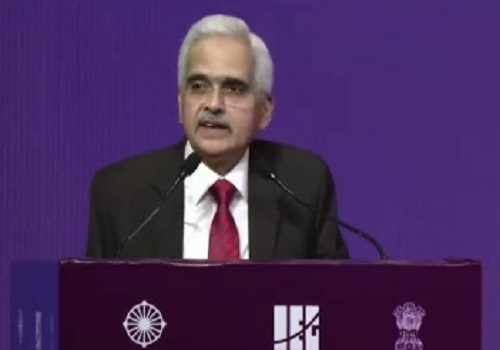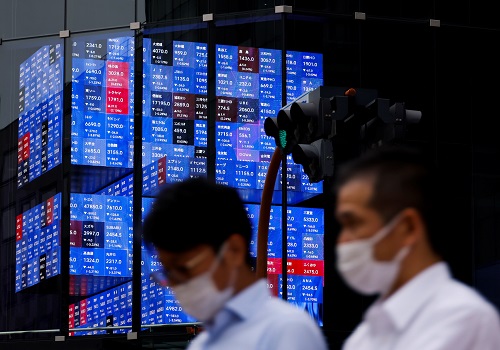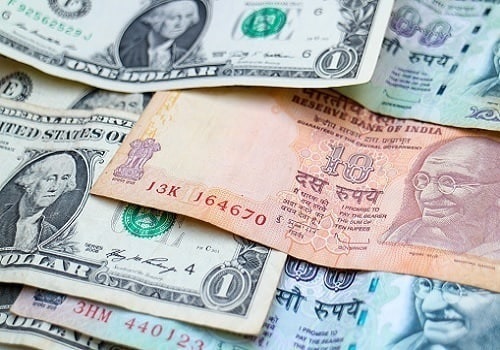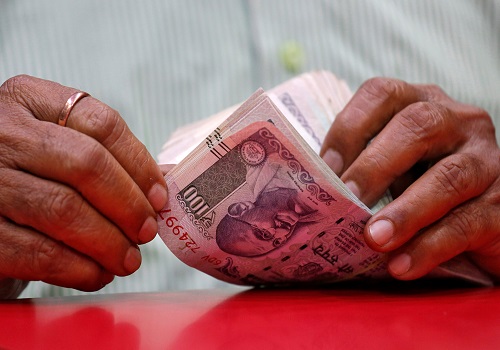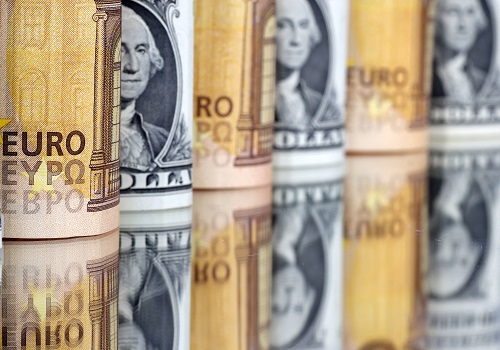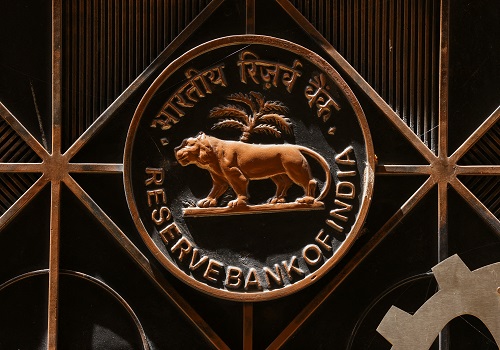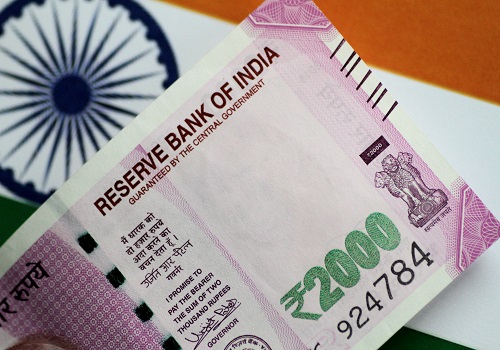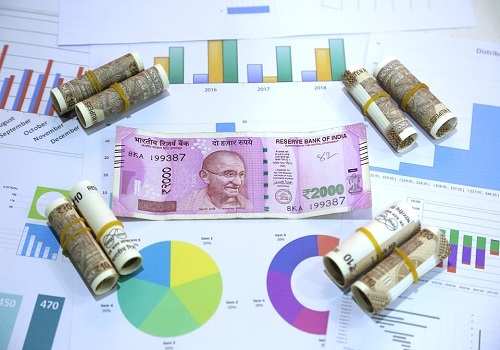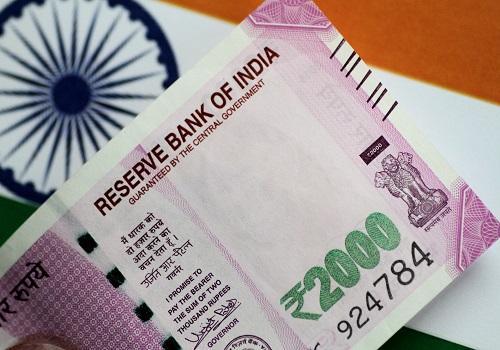Euro slips back below parity, Norwegian krone falls on planned cbank FX purchases
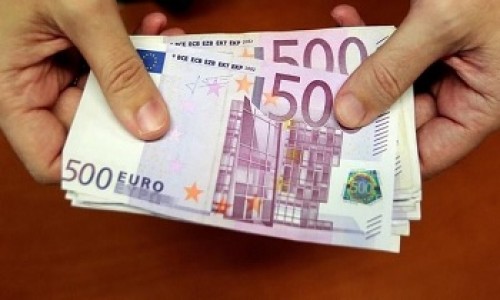
Follow us Now on Telegram ! Get daily 10 - 12 important updates on Business, Finance and Investment. Join our Telegram Channel
The euro slipped back below parity against the dollar on Wednesday and was on track for its third consecutive monthly drop as a burgeoning energy crisis adds to recession fears, while the European Central Bank pushes ahead with rate hikes.
On Wednesday, Russia halted gas supplies from the Nord Stream 1 pipeline, intensifying an economic battle between Moscow and Brussels and raising the prospects of a recession and energy rationing in some of the world's richest countries.
Fears that gas flows through the pipeline will not resume after the planned maintenance comes to an end on Saturday have kept traders on edge.
"The narrative that has helped the euro at the start of the week, which is an improvement in the gas story, is fading now which we think will put a cap on euro-dollar," said ING currency strategist Francesco Pesole.
"We'll know in the next few days whether the resumption of flows at the end of the maintenance period will go smoothly or not."
The uncertainty saw the euro slip back below parity against the dollar. It was last down 0.4% at $0.9976.
Meanwhile, inflation in the euro zone rose to another record in August, beating expectations and solidifying the case for further big European Central Bank (ECB) rate hikes.
A growing number of ECB officials have been calling for oversized rate hikes to combat surging inflation, which could exceed 10% in the coming months.
Money markets are fully pricing in a 50 basis point rate hike from the ECB, with a greater than 60% chance of a larger 75 basis point hike, according to Refinitiv data.
Norway's krone fell over 1% against the dollar and euro after the country's central bank said it would buy more foreign currency for its sovereign wealth fund.
It was last down 1.2% against the greenback at 9.9315, hitting its weakest level in a month. Against the euro, the krone was down 0.9% at 9.9160, its weakest level since Aug. 10.
The dollar index, which measures the greenback against a basket of six currencies, was last up 0.3% at 109.10, within a whisker of Monday's two-decade peak of 109.48.
The index is on track for its third consecutive month of gains, having risen over 3% in August.
Focus is turning to U.S. non-farm payrolls data due on Friday, with a robust job openings data on Tuesday potentially foreshadowing a strong showing in the report at the end of the week, cementing the case for more aggressive rate hikes.
Federal Reserve officials on Tuesday reiterated their support for further rate hikes to quell inflation, with New York Fed chief John Williams telling the Wall Street Journal that it will "take some time" before interest rates would be cut.
Traders are now pricing in about a 70% chance of a 75 bps Fed rate hike next month, according to data from Refinitiv.
Chinese data out on Wednesday showed that factory activity in the world's second-largest economy contracted again in August, as new COVID-19 infections, the worst heatwaves in decades and a property sector crisis weighed on production.
Still, China's yuan rose past the key threshold of 6.9 per dollar as a persistently firmer-than-expected official guidance rate discouraged investors from aggressively pressuring the local currency lower.
Cryptocurrencies were staging a rebound, with bitcoin up 2.7% to $20,339, and ether, the coin linked to the ethereum blockchain network, up 5% to $1,599.













